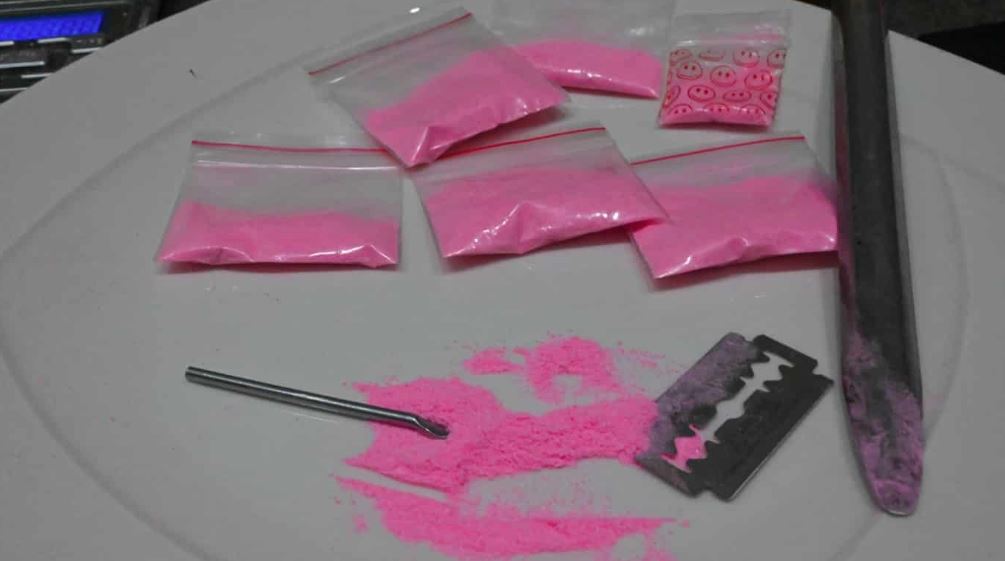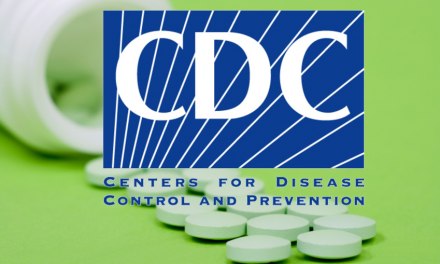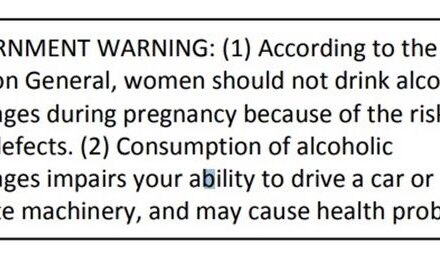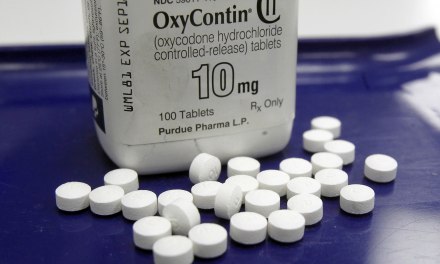Several recent articles have appeared in the popular press concerning allegations that rap entrepreneur Diddy transported something called “pink cocaine” from Latin America to his Miami residence, using his personal jet.
I dug around a bit and discovered that though the stuff is indeed hot pink, it isn’t really cocaine.
On analysis, “pink cocaine” turns out to be a mix of ketamine and MDMA, usually accompanied by one or more other substances. What users mistook for the effects of coke is more likely to have been methamphetamine or on occasion, large doses of caffeine. Naturally, fentanyl and other opioids have been identified in some of the samples. Nowadays, that’s almost a given.
Here’s a link to one of the aforementioned articles:
What is “pink cocaine” or “tuci,” the drug Diddy allegedly had smuggled on a jet?
Apparently its street name is tuci (pronounced ‘TOO-see’), first noticed by law enforcement in 2022. Partygoers in South Florida were snapping it up in their search for the latest in thrills. The pink color was solely for marketing purposes. I was reminded of those cookie brands that periodically bring out an exotic new flavored version of their product, to boost sales. People rush out to try them.
As for the risks associated with tuci use, very little data is available. There’s the usual burst of anecdotal reports describing unexpected adverse reactions and experiences. In view of the key ingredients, that shouldn’t come as a surprise.
Usually at this point in the discussion, someone asks a question about what motivates drug users to take such chances with essentially unknown substances. They have to be aware of the risks involved, at least on some level. The users themselves usually blame it on misplaced trust in their source — whoever gave or sold it to them at the time. As if the problem was the seller, and not their own impulsive decision to take the risk.
That’s a good example of the external focus that dominates the thinking of many active drug users. It’s the opposite of taking personal responsibility for one’s own behavior.
That impulsive risk-taking is often something that needs to be dealt with in treatment. The alternative is a pattern of multiple relapses.












